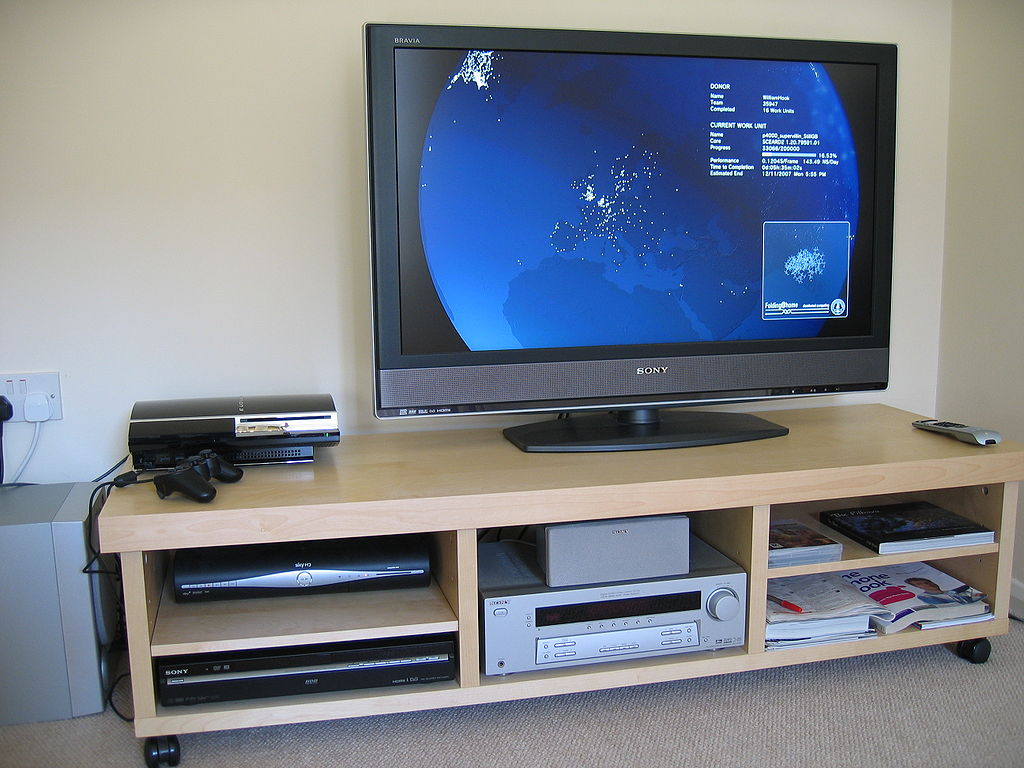Part of the enduring power of print comes from its utility for people working together in physical space. Print is a more physically collaborative medium than online. Two people can sit at a table and point at the same thing in the same moment to make their point, as opposed to asynchronous commenting or disjointed videoconferences.
This leads to some behaviors that keep us rooted in the past — issues are passed out at board and editorial meetings; issues are distributed in-house; copies are used in meetings to discuss new ideas.

The collaborative superiority of print has been reinforced in the literature and was captured well in the (now dated but probably still relevant) book, “The Myth of the Paperless Office.” In the workplace especially, people file digital materials and collaborate with print.
The trap this creates at publishers with active print legacies is that they often use print versions of journals or articles when talking about how to improve things or what to do next. Tablet versions are a bit clunky and hard to collaborate with, and print-outs of web pages routinely break apart in print or take multiple sheets of paper to render, with all sorts of weird margins interrupting the flow. Online still does not transfer well to print. Or, put another way, we’re having a hard time finding ways to collaborate around online in the workplace.
With all this in the back of my mind, one of the small changes I wanted to institute in my new office was to put a large flatscreen TV on the wall, so I could share my screen and use it as a way to plunk online into collaborative discussions.
This idea wasn’t mine — many areas in various organizations routinely use big flatscreen televisions for videoconferencing and design discussions. We have also, as Kevin Kelly put it, “become people of the screen.” Screens are all around us. We carry them with us, fly with them glaring at us, and usually have 2-3 within arm’s reach. But for the publisher to add one in his (or her) office? It seemed a little novel.
This office addition has had the intended effect, which manifested itself quickly. Discussions with visitors and staff that start out with people reviewing printed materials even as they are talking about content or ideas that are generally in the digital realm can be nicely redirected. The effect is palpable — suddenly, ideas start lining up with online practices and possibilities. Print boundaries and assumptions fade. Better and more appropriate opportunities and limitations emerge. It’s really been quite a startling change.
I’ve seen many subtle benefits. We can also collaboratively search for things in this mode. So, if a question comes up that would normally be handled by either collective head-scratching or with someone volunteering to search for an answer later, or via smartphone at the table, the group can search, discover, discuss, and move on together. It accelerates group learning and discovery, and also ratchets the energy level up.
Another unexpected benefit of having a 50″ television on my office wall is that collaborating with outside groups is far better. We have used it repeatedly to review presentations or web resources via conference call, or to go over a spreadsheet in more the style of an interactive classroom, with different people seeing different things and taking over the teacher role. (You can also check formulas together, which helps eliminate errors.) Discussions are shorter, crisper, and more effective.
I have two options for connecting my computer to the flatscreen — a long HDMI cable, which adds the flatscreen as a third screen (laptop, desktop monitor, and flatscreen); or a wireless connection to a small receiver connected to the TV via another HDMI cable, with a small USB dongle acting as the transmitter. This last option causes the laptop display to mirror on the other two screens. Either mode works well, and switching the TV on and setting it up takes about 15-30 seconds for either approach.
Now, granted, I could have kept this device out of my office, and simply used televisions in nearby conference rooms. But the spur-of-the-moment ability to shift a discussion from print to digital has impressed me. The flatscreen proved to be both cheaper to obtain and more valuable to possess than I initially thought it would be, and I was a fan of the idea to start with.
Finally, there is a symbolic aspect to this — having a big monitor available and prominent like this in the office of the publisher sends a message. Things have changed. Digital is central. Print is not the only format we talk about.
I may be behind the times in making this change, but if I am, I’m happy to join those who went before me. And if you haven’t done this yet, I highly recommend it.
Discussion
4 Thoughts on "The Flatscreen Install — Moving Collaboration from Print to Digital"
A big limitation with handouts is how to get everyone looking at the same thing, which your TV may solve. You might try zooming and panning, if you have not done so already. I did some experiments along these lines and discovered that if you pan around in a detailed zoom you may see things that are hard to see in the macro display. You can also read together, which is pretty powerful.
Allow me to elaborate because this is research I have never published. Once I developed the issue tree diagram (http://scholarlykitchen.sspnet.org/2013/07/10/the-issue-tree-structure-of-expressed-thought/) I naturally wanted to use it with groups. I was heavily involved in what we then called public participation in Federal decision making (something the public access agencies do not seem to embrace, but I digress).
I observed the following interesting fact. First, meetings are a very important form of communication. Second, there are many large format yet detailed mediums of communication, such as maps, spreadsheets, newspapers, or even pages of written text, plus issue tree diagrams of course. The problem is that none of these large format media are legible when displayed for a group on a typical meeting screen.
The reason is very simple, namely the ratio of the size of the screen to the size of the discernible elements as a fraction of the size of the medium. The rule of thumb is that to be discernible the element, such as letters, must be one inch tall for every 33 feet of viewing distance. Actually for letters it is half the height that must be discernible, so you can tell an e from an o, for example. Large format media projected on a standard screen fail this test, as the letters and other key features are too small to be discerned by the viewers. This is why presentation slides have to use big, simple texts and graphics. Slides are dumb so we can read them.
The solution is to be able to pan and zoom on the presented medium. I even invented an overhead projector that did this, which I called the detail scanner projector. But the PC had just come in, killing the projector market. Digital technology can easily solve this problem, because pan and zoom are trivial. It is also kind of fun to explore a detailed display.
One trick I’ve heard some places use, is to buy a few Apple TV boxes and attach them to the monitors. Not only can you screencast live what’s on your laptop with a single tap (useful for demos or presentations), but you can also do the same trick with your phone or iPad.
Some android devices can handle the same thing, but like most teleconference meetings you have to spend the first 5 minutes trying to get it to work (Apple still has an edge on that score).
On a similar topic, there was a start up a few years ago in which the CEO installed tv sets with built in web cams to all the coffee rooms, so if you went into the coffee room on the 3rd floor, you’ll see the coffee room on the 2nd. This turned out to be so successful for groups who typically wouldn’t interact that some of them started holding meetings in the coffee rooms. In addition, it took six weeks before some groups realized that one of the coffee rooms they were seeing on the screen (the company was expanding rapidly), was actually in a building 16 blocks away from them.
Trying to get groups to interact is always tricky and I like the simplicity of the idea.
One trick I’ve heard some places use, is to buy a few Apple TV boxes and attach them to the monitors. Not only can you screencast live what’s on your laptop with a single tap (useful for demos or presentations), but you can also do the same trick with your phone or iPad.
Some android devices can handle the same thing, but like most teleconference meetings you have to spend the first 5 minutes trying to get it to work (Apple still has an edge on that score).
On a similar topic, there was a start up a few years ago in which the CEO installed tv sets with built in web cams to all the coffee rooms, so if you went into the coffee room on the 3rd floor, you’ll see the coffee room on the 2nd. This turned out to be so successful for groups who typically wouldn’t interact that some of them started holding meetings in the coffee rooms. In addition, it took six weeks before some groups realized that one of the coffee rooms they were seeing on the screen (the company was expanding rapidly), was actually in a building 16 blocks away from them.
Trying to get groups to interact is always tricky and I like the simplicity of the idea.
http://www.freecoolmathgames.net/logic/electric-box this site help you


